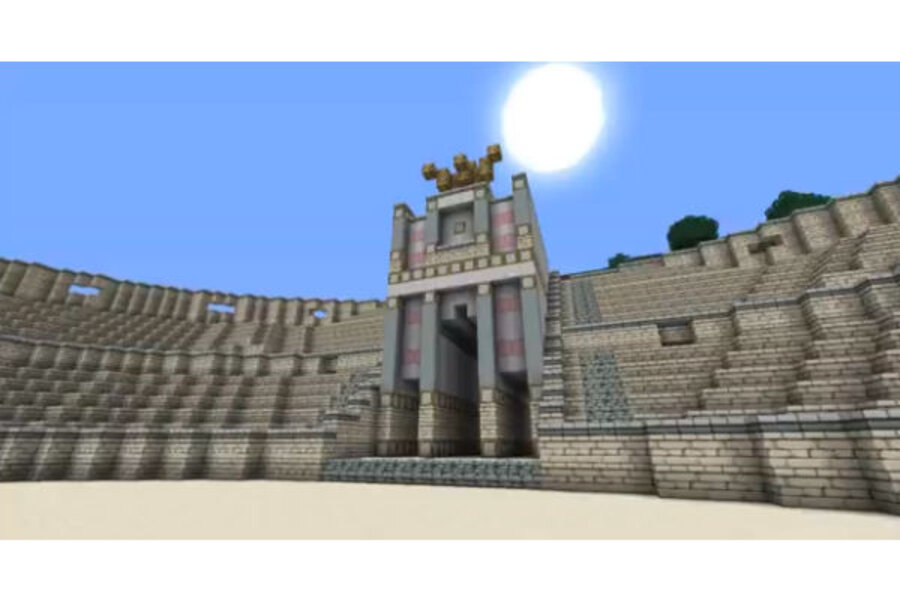Tunnels under Rome inspire thumbs up to Minecraft
Loading...
For kids and parents who love the game Minecraft the news of tunnels under Rome being mapped, is a great opportunity to dig in and use the popular computer game to model history’s mysteries at home.
Beneath Rome is a maze of ancient tunnels that often collapse, damaging buildings and streets above. Scientists are attempting to map the labyrinth under Rome in order to predict and prevent such collapses, according to NBC.
George Mason University geoscientists Giuseppina Kysar Mattietti and scientists from the Center for Speleoarchaeological Research in Sotterranei Di Roma are mapping high-risk areas of the quarry system.
However, as a parent of child who plays Minecraft, all I can see looking at the pictures of the tunnels is opportunity.
Here is a chance to make that gaming time payoff by engaging kids to relate to history and solve modern engineering challenges using their creative, social, and intellectual processes.
Parents, kids and teachers can team up to guide the gaming for a very positive outcome. Much like Lego League challenges teams of K-12 students to solve engineering challenges using Legos and pre-set scenarios where they must build robots and cities to solve real-world issues.
Minecraft, originated in Stockholm, Sweden, created by Markus Persson, known to gamers as “Notch.” It’s a fairly simple eight-bit building game where players use with 3D cubes (a bit like virtual LEGOs) in an infinite “sandbox” game world, with no specific goals or levels to beat.
Players can choose survival mode, where dangers abound and characters can die, creative mode, a peaceful building environment, or “Hardcore mode,” which is completely unforgiving.
“In Hardcore mode you only get one life, like real life. If you die you have to delete the whole world,” my son Quin, 10, initially explained to me. “Bear Grylls and Chuck Norris would probably play in Hardcore mode only.”
According to the Minecraft Stats website, 12,904,885 people have bought the game. In the past 24 hours, 7,804 people bought the game.
Yet this game is much more powerful than your average Lego set because it connects players online so that problems can be solved in real time using a common map. And the Minecraft-style of online building is expanding to help solve real-world urban planning challenges as well.
“A new collaboration with UN Habitat called "Block by Block" Just like the Swedish predecessor, “Block by Block” aims to involve youth in the planning process in urban areas by giving them the opportunity to show planners and decision makers how they would like to see their cities in the future. Minecraft has turned out to be the perfect tool to facilitate this process,” according to the Mojang website.
Rome can be built in a day using Minecraft if you have enough gamers online and the tunnels can be reconstructed beneath it using archival materials in combination with incoming data from the current scientific efforts.
One of the great features of this idea is that Minecraft has become so popular worldwide that free codification packs are available online, including various Ancient Rome Mod Packs called Romecraft. These add-ons to the game allow players to construct an authentic ancient Roman world and the very nature of the game – mining – allows you to make the tunnels right down to the type of rock, mineral, and ore in the caves.
Gaming can impact our children’s educations in many negative ways when no parental guidance is in play.
Here is a chance to read the news, learn about ancient Rome, explore architecture, history, modern and ancient engineering methods, and civics lessons all in the course of a game they already love.
Best of all, it empowers kids to help adults find solutions to real world problems. If we can make learning fun we can build a better world right here in Hard Core Mode.






